All products featured are independently chosen by us. However, SoundGuys may receive a commission on orders placed through its retail links. See our ethics statement.
What is a subwoofer, and do you need one?
Published onFebruary 11, 2025
So you’ve set up your sought-after soundbar or speaker system, but when you play your tunes, something is missing. Where’s the low bass? If you’re looking for that heart-pounding oomph from your home audio setup, you’ll need a subwoofer. Most setups can benefit from a good subwoofer, but both hi-fi novices and experienced audiophiles often overlook them. Let’s look at what’s involved in making your 2-channel system into a 2.1 or adding that .1 to any other configuration.
This article was updated on February 11th, 2025, for formatting. Updates will follow as the market changes.
Music or movie aficionados looking for better bass performance from their home audio setup should get a subwoofer. With a sub, you’ll get more low bass frequencies than conventional loudspeakers or soundbars can deliver.
How do subwoofers work?
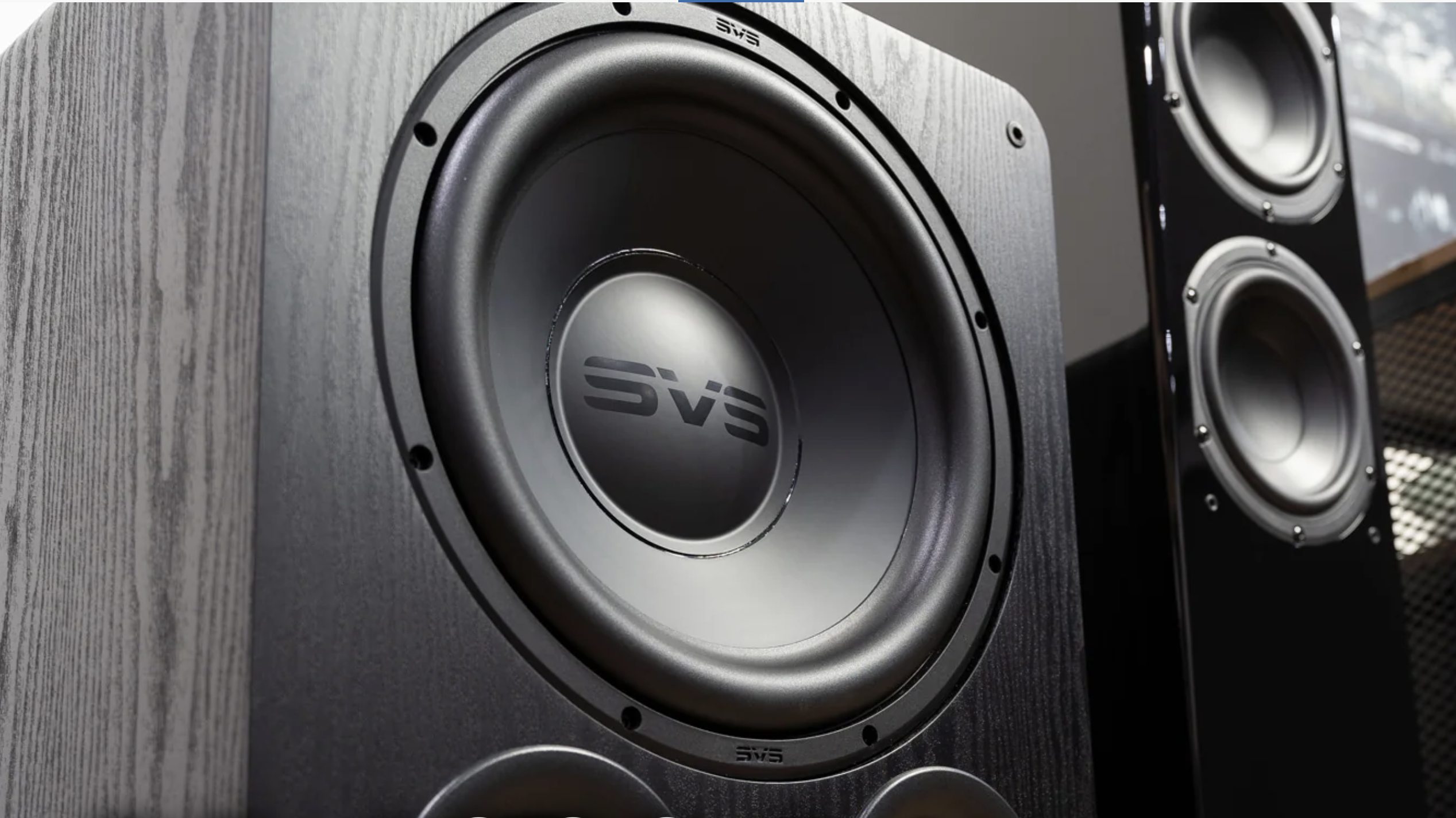
A subwoofer is a type of loudspeaker explicitly designed to reproduce low frequencies. Conventional, full-range speakers try to cover as much of the frequency range as possible, up to (or beyond) 20kHz, but a subwoofer is intended to fill in the difficult-to-reproduce bass region up to around 80-150Hz. In this way, subwoofers complement an audio system composed of mains and/or satellite speakers by doing the heavy lifting involved in extending the bass response down to the lowest register.
Subwoofers work the same way as typical loudspeakers but are highly optimized to produce just those low frequencies. Moving coil loudspeakers, drivers convert electrical signals from the source into sound waves you can hear (and feel). These drivers (or “woofers”) must be large and come in standard sizes, typically 8, 10, 12, 15, or 16 inches in diameter. You may find multiple woofers mounted in the enclosure (aka cabinet), generally made from medium-density fiberboard, plywood, or other stiff, non-resonant materials.
The driver(s) and the enclosure combine to create an acoustic system, and different alignments can be used here. When the cabinet around the driver is sealed (called acoustic suspension), it creates an air cushion within the enclosure, which acts like a spring that the woofer’s diaphragm pushes and pulls against as it moves. This produces relatively low distortion and good phase linearity but generally requires a large cabinet.
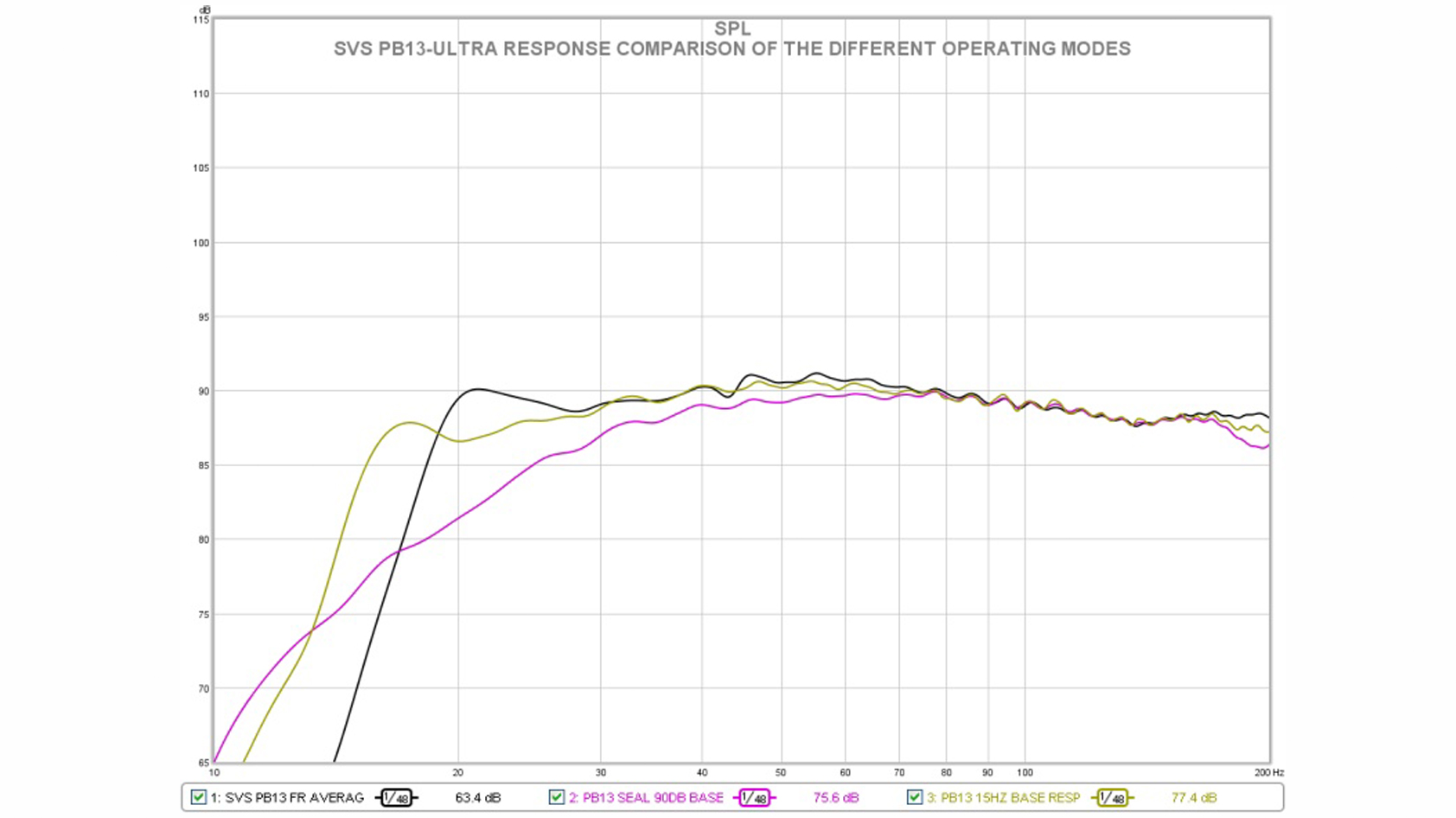
Conversely, most subwoofers employ a bass reflex system, where the enclosure is ported using a tube that looks like a circular hole or slot from the outside. The port size is tuned to create an acoustic resonance and will be optimized to give the driver the best low-end response and the enclosure’s size. This alignment extends the speaker’s usable bass response lower in frequency than sealed enclosures but rolls off much faster below resonance. The chart above compares the output of an SVS PB-13 Ultra subwoofer in sealed and ported operating modes.
Filters and crossovers
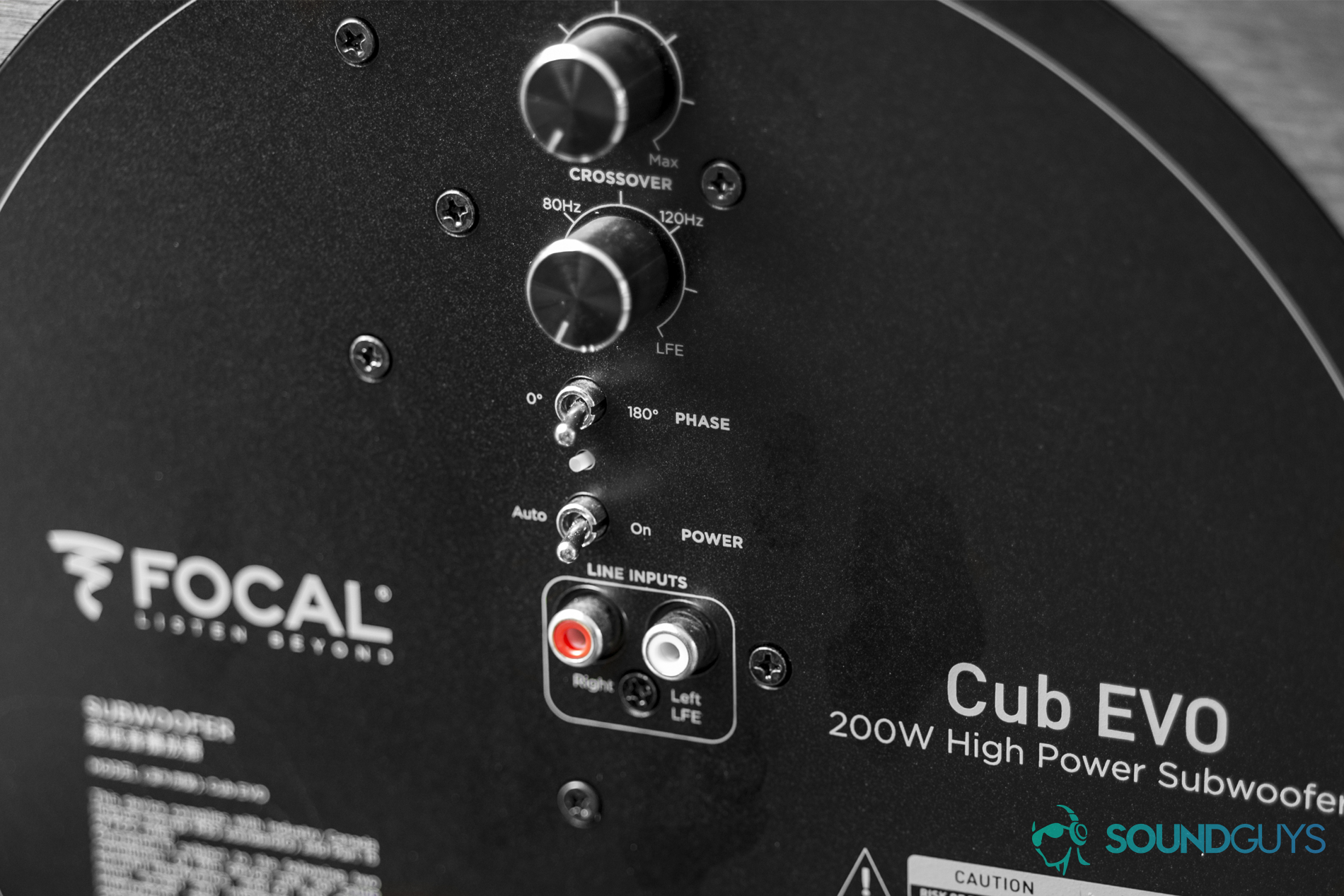
Because subwoofers are only intended to produce bass, the high-frequency content must be removed from the signal fed to the driver. This is accomplished using a low pass filter. Adding on to this, the signal being fed to your main speakers can also be high passed, so each speaker is only fed the signal it is best equipped to deal with. Low pass and high pass functions are combined in an electronic (active) crossover. Your receiver can handle these functions, or they may be built into the subwoofer itself.
Experiment with the crossover dial once the subwoofer is incorporated into the rest of your home audio setup (see below). Most subwoofers have this dial on the back, determining the frequency at which the subwoofer drops off in volume to blend in with the other speakers acoustically. If you know the lowest frequency your main speakers can handle, you could start by setting it to that frequency.
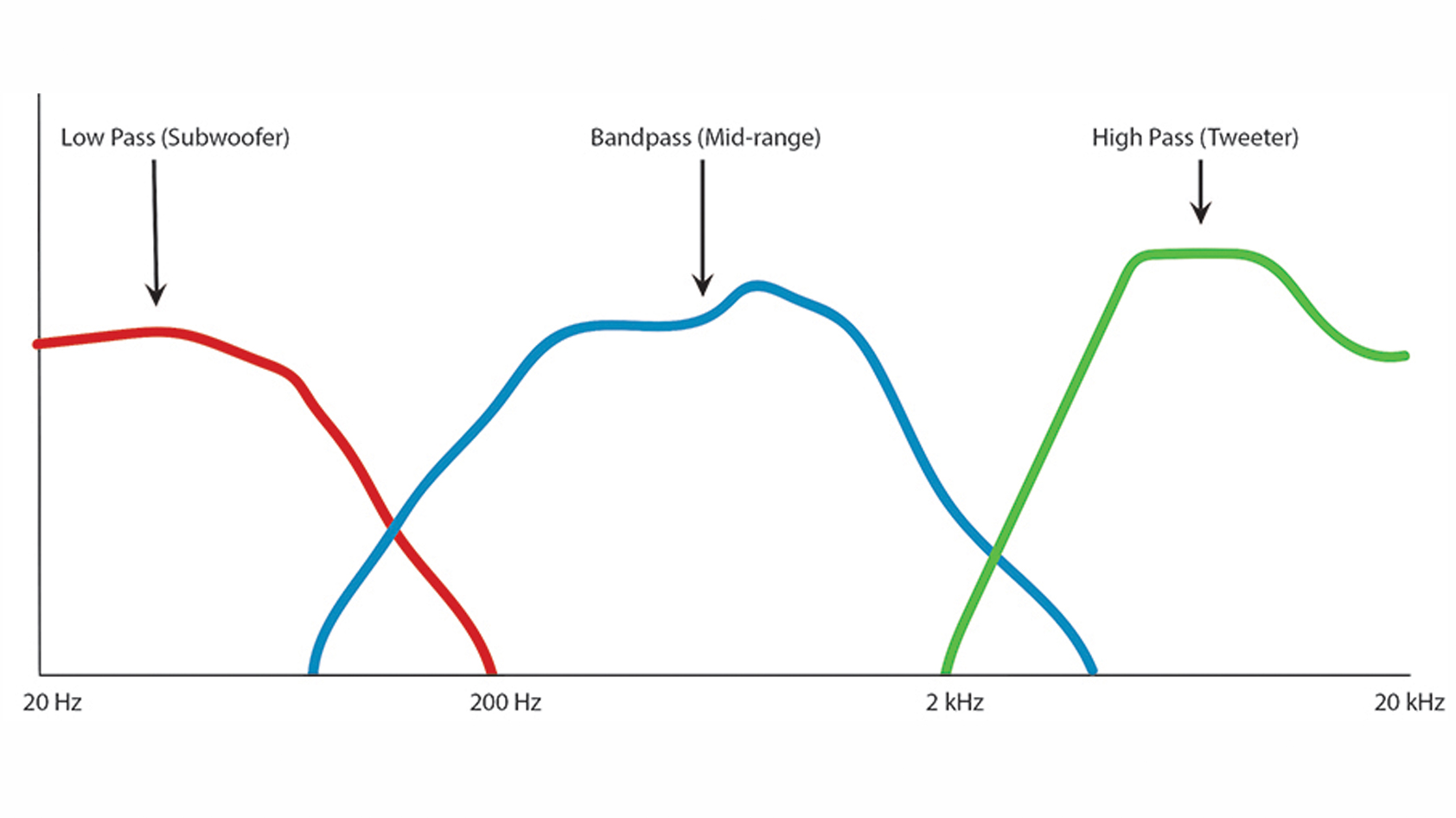
You may need to rope in a friend to set the crossover frequency while you sit in the primary listening position and determine the best settings. If the bass seems too loud or too quiet relative to the main and satellite speakers, you may need to adjust the volume of your sub, too. Some higher-priced products allow you to do this yourself from the listening position using a remote control or smartphone app.
What’s the difference between passive and active subwoofers?
Like passive loudspeakers, a passive subwoofer requires external amplification. Because they tend to be less efficient, subwoofers require more power than typical speakers, so you need to make sure that your chosen amplifier can deliver enough power to get a sufficient level from the subwoofer without running into clipping (distortion). If you’re not using a preamplifier or receiver with a dedicated “sub out,” you will also need some form of bass management to filter the bass component from the other (left, right, surround) audio channels.
Active (powered) subwoofers are far more common. They have an integrated amplifier and handle the low-pass filtering to ensure the subwoofer only receives the bass component of the signal. Everything is self-contained, and you shouldn’t need to purchase any extra hardware to get active subs running.
Where should you put a subwoofer for the best sound?
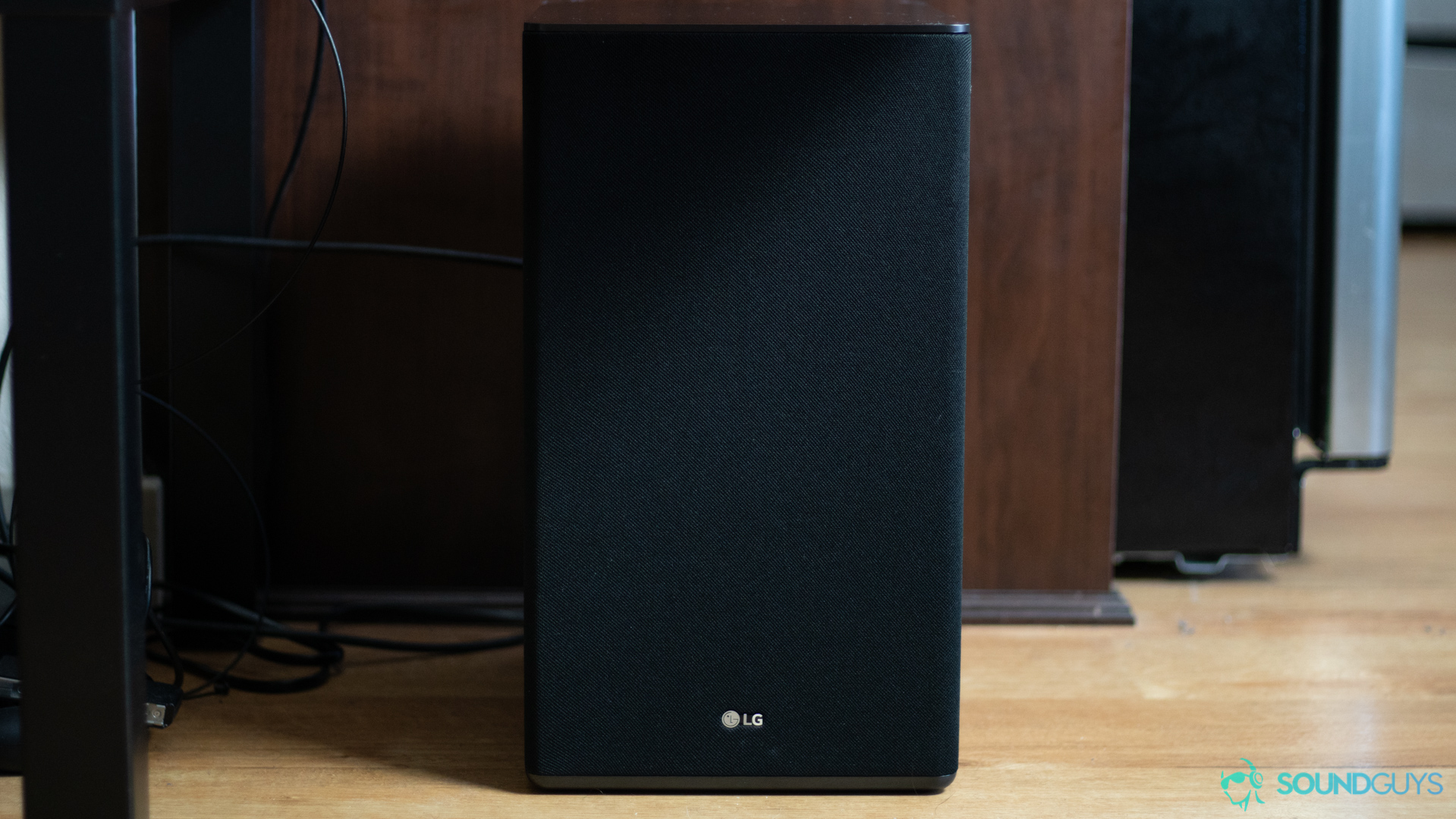
Placement of a subwoofer in your room requires special consideration. The first thing to be aware of is that we can’t localize sound sources below 100Hz. This is why we can use a single subwoofer for stereo or surround sound since it doesn’t provide any directional information. So, as long as your subwoofer’s low pass filter (crossover) is set below 100Hz, you can put it anywhere in the room, and it will still work with your main speakers without drawing attention to itself. If your filter is set higher than that, your subwoofer should ideally be placed between the left and right main speakers.
If you want to hone in on the optimal location, and you’re game to get down on your hands and knees (really), you can perform “the subwoofer crawl.” This method requires you first to place the sub on your couch—or wherever you plan to sit while listening. You then play a loop of a bassy track you’re familiar with through the sub and crawl around the areas of the room where you can potentially place the sub. Why crawl? Because this puts you close to the floor where the sub will be. Listen for where you think the bass sounds best. Once you find the spot, mark it with tape and move the sub there. No, we’re not making this up.
If you want to optimize further, and your preamp/processor/receiver doesn’t already have room correction built in, we recommend you pick up a DSP room calibration processor, a calibrated measurement mic, and download the Room EQ Wizard app. This combination will let you correct for the delay from each speaker and ensure that everything reaches your ears coherently and simultaneously, as well as correct for problematic room modes.
Suppose you don’t want to bother with either of these methods. In that case, your best bet is to measure the distance from your listening position and the left and right main speakers and ensure that your sub is the same distance away to ensure the time of arrival for the bass matches your main speakers. After measuring that out, ensure the sub and main speakers are all in phase. To do this, first play some pink noise. While you’re listening, have a friend flip the 0/180-degree phase switch on the sub. If the sub and main speakers are out of phase, you will notice that some bass seems “missing.” In that case, your friend must flip the switch to the opposite position.
How do you set up a subwoofer?
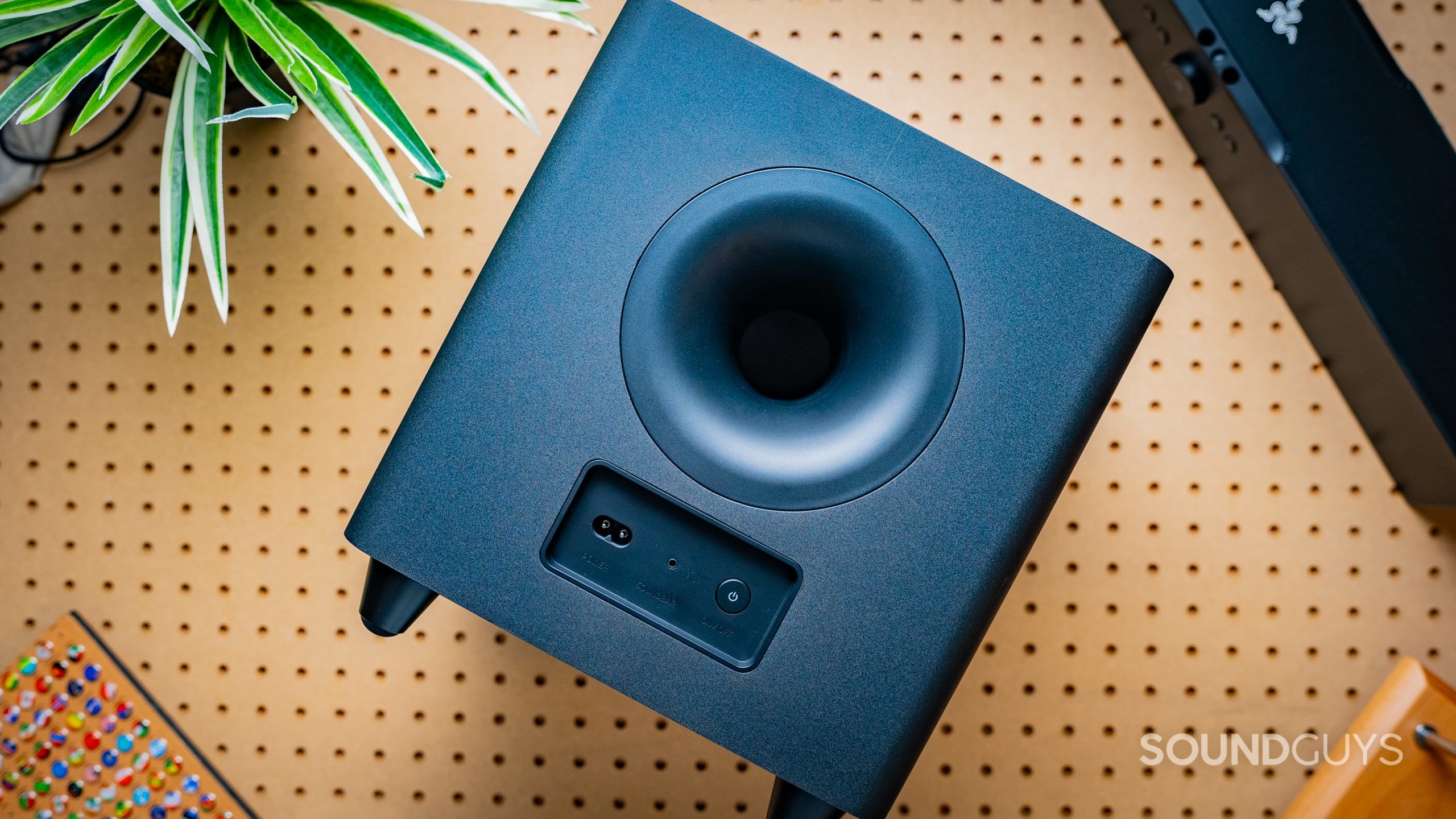
There are several ways to connect your subwoofer to the rest of your stereo or home theater system:
- Plug an audio interconnect cable into your receiver’s subwoofer output and into the sub’s line input.
- If there’s no dedicated sub-out to connect, you can feed the subwoofer a full-range left and right line level signal from your preamp or receiver and rely on the subwoofer for low pass filtering and mono summing.
- If there’s no line level output available on your equipment, you’ll need a sub with high (speaker) level inputs, which will be four clamps or binding posts, so you can use speaker wire to connect the left and right speaker outputs from your amplifier or receiver to the sub. Then, run speaker cables from the sub to the main speakers.
- Some soundbars can accommodate wireless subwoofers, and setting this up varies by brand. However, the protocol is generally as follows:
- Plug your subwoofer into a wall outlet and power it on.
- Power your soundbar on.
- The sub’s LED should flash while connecting to the soundbar.
- Wait for the LED to shine green, indicating it’s connected to the soundbar.
Do you need a subwoofer?
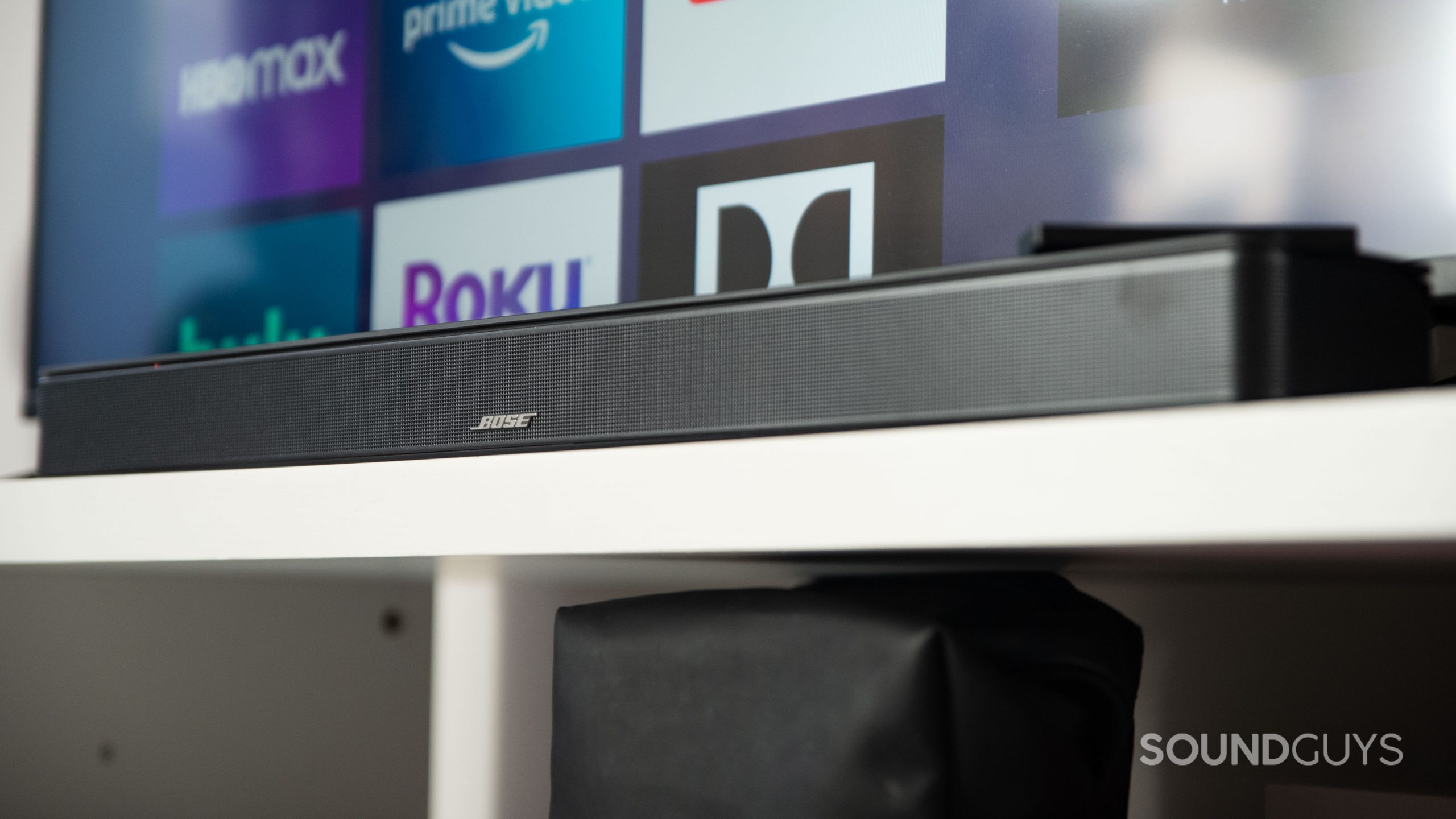
If you want to feel the impact of an on-screen explosion, bookshelf speakers just won’t cut it. Adding a sub to your speaker system relieves the other speakers in your setup from reproducing these demanding low frequencies. High-passing the signal to your other speakers means you’ll notice voices come through more clearly, and increasing the volume of your sound system doesn’t introduce distortion the same way it did without a subwoofer.
Frequently asked questions about subwoofers
Subwoofers should not require a burn-in period. You can enjoy your sub right away.
A subwoofer has a much more limited frequency range than a full-range loudspeaker. Subwoofers can usually only reproduce frequencies below 150Hz, while bookshelf speakers might produce a frequency range of 50Hz-20kHz.